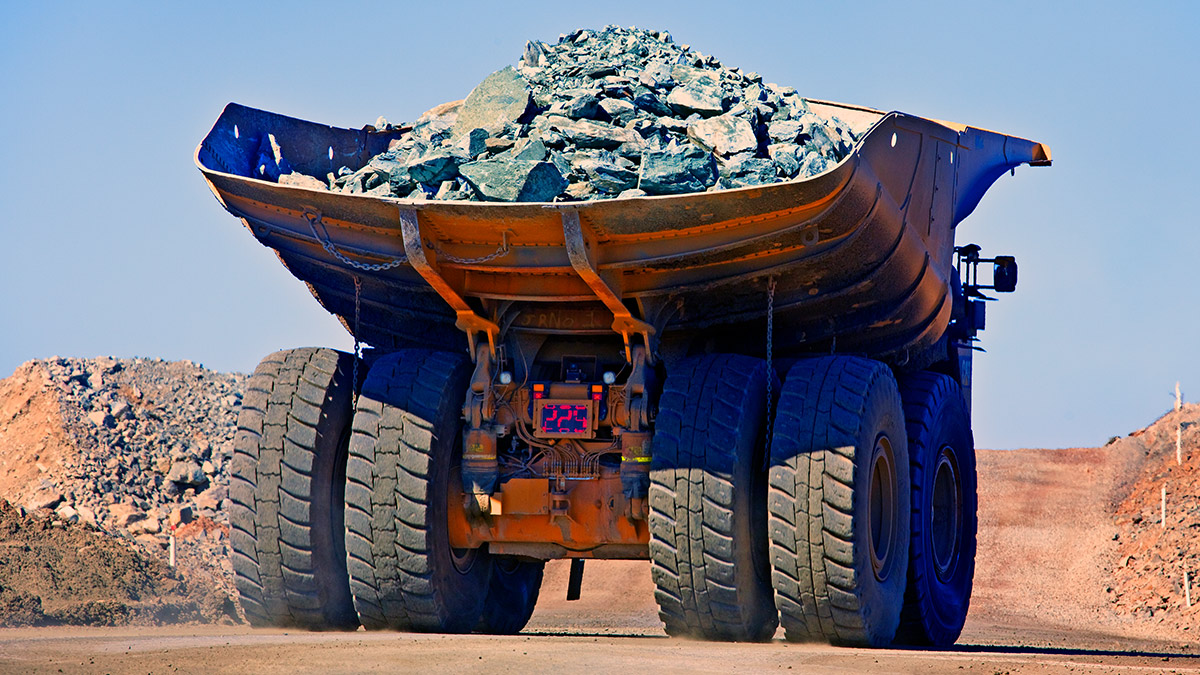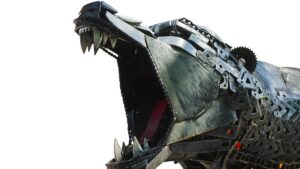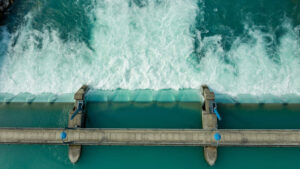Aussie iron ore miners want to boost export capacity by 75m tonnes – here’s why

Australia's iron ore exports are at multi-year highs, and could be set to climb further. (Pic: Getty)
Australian iron ore exports have boomed in 2020, and they could be set to go higher into the future.
The strong volumes have been supported by an iron ore price which has consistently defied the bears to hold comfortably above $US100 per tonne.
And ASX iron ore small caps have ridden the wave.
Of the eight iron ore juniors tracked by Stockhead with a market cap below $US100m, seven have posted strong annual gains — from 30 per cent to 200 per cent.
In a research note this week, CBA commodity analyst Vivek Dhar said iron ore exports from Port Hedland in WA rose to 46.5m tonnes in October.
Australia accounts for more than half of global seaborne iron ore supply and 62 per cent of Aussie exports are shipped from Port Hedland – the largest bulk export terminal in the world.
And looking ahead, two players at the big end of town, BHP (ASX:BHP) and Fortescue (ASX:FMG), have flagged plans to boost capacity even further.
Iron ore exports – by the numbers
Dhar noted that earlier this year, both companies lodged requests to boost their respective export capacity by a combined 75 million tonnes per annum (Mtpa).
But interestingly, the numbers don’t add up.
Data from the Port Hedland Port Supply Chain shows total exports are forecast to increase by only 22.6mt over the next three years to a peak of 547.5mt in 2022/23.
Such a figure is “well short of the ~75Mtpa expansion request”, Dhar noted.
In addition, after two years of flat growth, Australia’s total iron ore exports are expected to grow strongly in 2020.
And in that context, the expansion plans are the “first intent for a meaningful increase in Australia’s iron ore exports in a number of years”, he said.
In assessing why, Dhar highlighted two main reasons.
Firstly, steel production in China continues to surprise on the upside as the Chinese economy recovers from the COVID-19 pandemic.
The Australia-China relationship has noticeably cooled, with trade deals for a number of Aussie exports placed under threat in recent weeks.
But an ongoing focus on key infrastructure projects by the Chinese government has underpinned strong demand for steel inputs.
And it’s also forced analysts to reassess their economic models, given the consensus forecast was for China’s economy to transition towards consumption-led growth drivers (as opposed to construction led).
And China’s demand for iron ore is also holding up in the midst of a major iron ore supply event – Brazil’s Vale dam disaster in January 2019.
A key variable in this year’s iron ore outlook was the extent to which Vale could effectively restart production and reverse some of the supply/demand imbalance that developed in the wake of the accident.
However, Vale has been hamstrung in its efforts amid pandemic complications and bad weather.
As a result, the risk is now growing that “it could take longer than expected for Vale to bring back its sidelined output”, Dhar said.
With strong demand and cramped supply, it’s perhaps no surprise that Aussie iron ore companies are preparing to dial up their export quotas as prices remain well supported at current levels.
Related Topics
UNLOCK INSIGHTS
Discover the untold stories of emerging ASX stocks.
Daily news and expert analysis, it's free to subscribe.
By proceeding, you confirm you understand that we handle personal information in accordance with our Privacy Policy.








